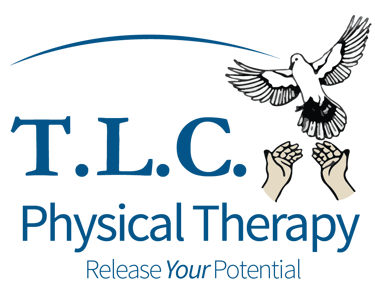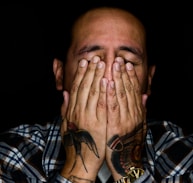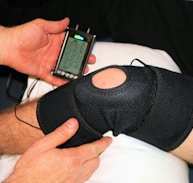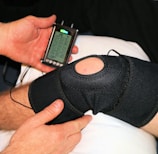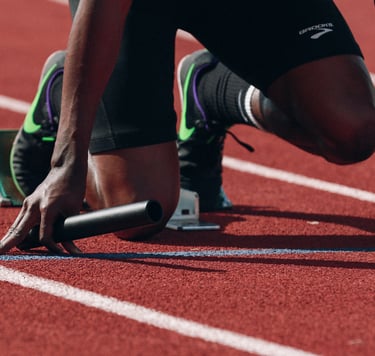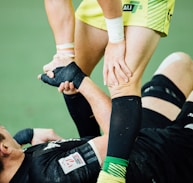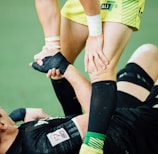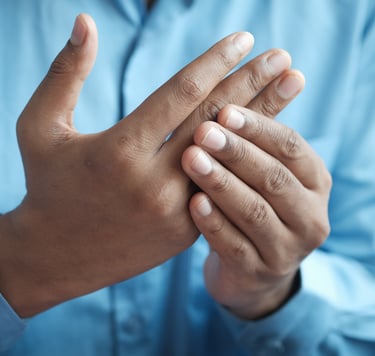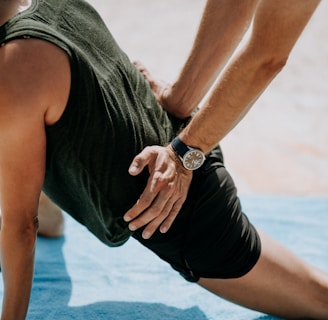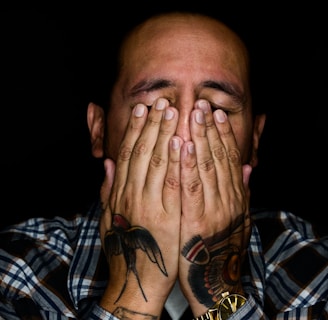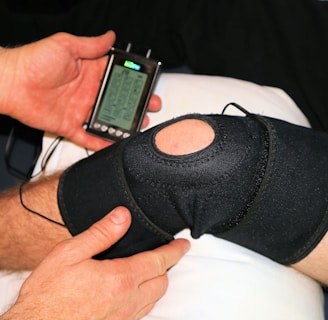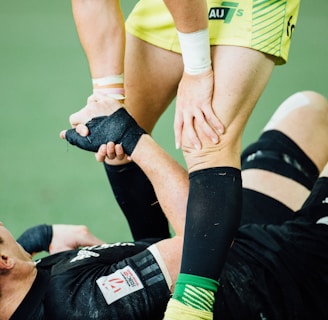Physical Therapy for Sports Injuries
In the world of sports, injuries are an unfortunate but common occurrence. Whether you're a professional athlete or a dedicated amateur, sports-related injuries can be a frustrating setback. However, the road to recovery often leads through the doors of a physical therapist's clinic. In this article, we'll explore the critical role physical therapy plays in helping athletes bounce back stronger from sports injuries.
The Impact of Sports Injuries
Sports injuries come in various shapes and sizes, from minor sprains and strains to more severe issues like fractures and ligament tears. These injuries can affect athletes of all levels and backgrounds, disrupting training routines and, in some cases, even threatening careers.
Here are some of the most common sports injuries:
Sprains and Strains: Ligament and muscle injuries often occur due to sudden, forceful movements or overexertion.
Fractures: The intensity of sports can sometimes lead to broken bones, requiring careful rehabilitation.
Tendonitis: Overuse or repetitive movements can result in tendon inflammation and pain.
Ligament Tears: Injuries like ACL or MCL tears can be devastating, requiring comprehensive care and rehabilitation.
Concussions: Head injuries can happen in contact sports, warranting specialized care for a safe return to play.
Why Choose Physical Therapy for Sports Injuries?
Physical therapy is a cornerstone of sports injury management, offering a multi-faceted approach to recovery. Here's why physical therapy is often the first choice for athletes on the path to healing:
Customized Rehabilitation Plans: Physical therapists create tailored treatment plans based on the athlete's specific injury, goals, and sport.
Pain Management: Techniques such as manual therapy, modalities, and exercises help manage pain and inflammation effectively.
Restoring Function: Physical therapy focuses on regaining strength, flexibility, and mobility, essential for returning to sports.
Preventing Recurrence: Therapists guide athletes on injury prevention strategies, including proper technique and conditioning.
Education: Athletes receive valuable education on their condition, post-injury exercises, and home care to accelerate healing.
The Road to Recovery: What to Expect
Curious about what to expect during your physical therapy journey for a sports injury? Here's a brief overview:
Initial Assessment: Your physical therapist will evaluate the extent of your injury, medical history, and athletic goals.
Treatment Plan: A personalized treatment plan is crafted, which may include exercises, manual therapy, modalities, and more.
Rehabilitation: Under the guidance of your therapist, you'll engage in exercises to restore strength, flexibility, and function.
Progress Tracking: Regular progress assessments ensure that your recovery stays on track.
Prevention Education: Your therapist will educate you on injury prevention strategies to minimize the risk of future setbacks.
Getting Back in the Game
Sports injuries may seem like a major setback, but with the right support, athletes can emerge from the experience even stronger. Physical therapy is the key to regaining peak performance and minimizing the risk of future injuries.
So, whether you're a professional athlete aiming for a comeback or a weekend warrior looking to stay active, remember that physical therapy is your partner in the journey towards recovery and athletic success. Reach out to schedule an appointment with us today at one of our New York City locations in Staten Island, Brooklyn, and Manhattan to see what is the best route on your road to recovery and prepare to get back in the game stronger than ever before. Your sports injury is just a chapter in your story – not the end of it.
